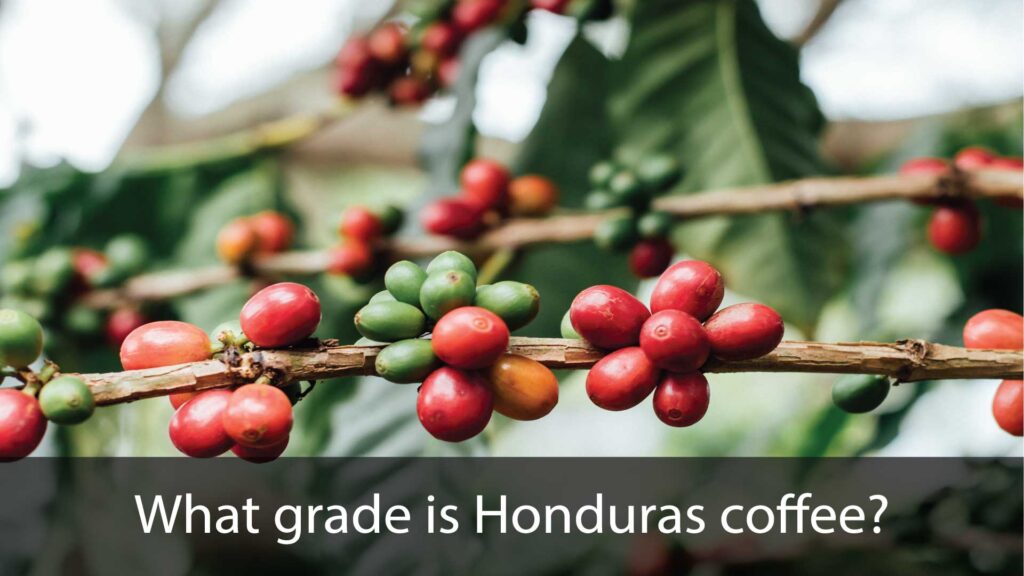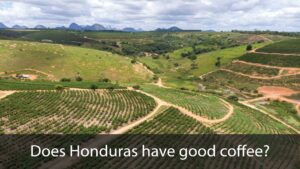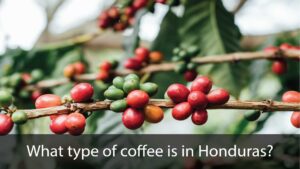Honduras is a country that has recently become a significant player in the coffee industry. The country’s coffee beans are known for their distinct flavor, and the grading categories used by Hondurans have become increasingly popular with coffee enthusiasts worldwide. In this article, we will provide an in-depth analysis of the three Honduran coffee grading categories, including their unique characteristics, the growing conditions that produce these beans, and the impact that these grades have on the coffee industry.
Strictly High Grown (SHG)
One of the most popular Honduran coffee grading categories is Strictly High Grown (SHG). Coffee that falls under this category is grown at an altitude of 4,000 to 5,000 feet above sea level, which is considered high altitude. Beans grown at this altitude are known for their dense structure, which results in a richer, more complex flavor profile.
SHG coffee beans are typically grown in regions with volcanic soil, which is rich in minerals, resulting in a distinctive flavor profile. These regions include Santa Barbara, Copan, and Ocotepeque. The beans are handpicked and carefully processed, resulting in a high-quality coffee that is sought after by coffee connoisseurs worldwide.
High Grown (HG)
Another Honduran coffee grading category is High Grown (HG). Coffee that falls under this category is grown at an altitude of 3,500 to 4,000 feet above sea level, which is considered a medium altitude. Beans grown at this altitude are known for their unique flavor profile, which is a combination of acidity and sweetness.
HG coffee beans are typically grown in regions with sandy soil, which is well-drained, resulting in a balanced acidity level. These regions include Comayagua, El Paraiso, and Lempira. The beans are machine-picked and carefully processed, resulting in a coffee that is known for its consistent quality.
Central Standard (CS)
The final Honduran coffee grading category is Central Standard (CS). Coffee that falls under this category is grown at an altitude of 2,500 to 3,500 feet above sea level, which is considered a low altitude. Beans grown at this altitude are known for their mild flavor profile, with a lower acidity level than higher altitude beans.
CS coffee beans are typically grown in regions with alluvial soil, which is rich in organic matter, resulting in a mild flavor profile. These regions include Yoro, Cortes, and Francisco Morazan. The beans are machine-picked and processed, resulting in a coffee that is perfect for blending with other beans.
Conclusion
In conclusion, Honduran coffee grading categories are an essential aspect of the coffee industry. The unique growing conditions and processing methods used to produce coffee beans in Honduras result in a variety of distinct flavor profiles that are sought after by coffee connoisseurs worldwide. We hope that this article has provided you with valuable insights into the three Honduran coffee grading categories and their impact on the coffee industry.




